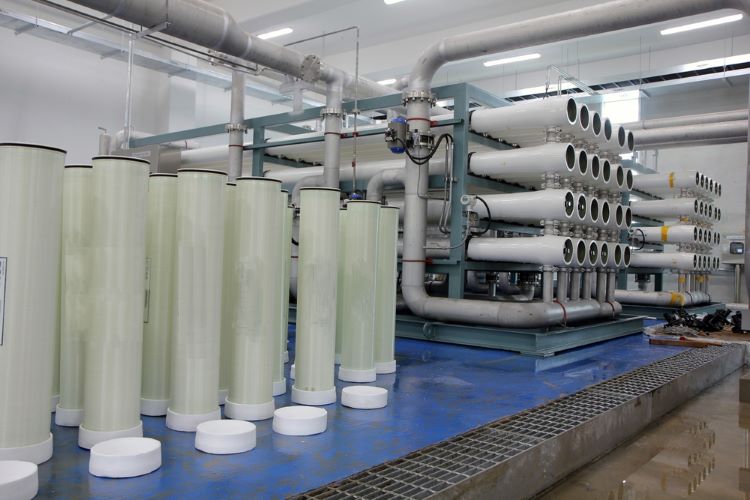Novel nanofiltration method for microbial biosurfactant downstream processing
Posted: 8 June 2023 | Catherine Eckford (European Pharmaceutical Review) | No comments yet
A paper has reported an innovative downstream method using nanofiltration for microbial biosurfactant production offers superior purity.


A study has reported for the first time, an innovative downstream method for mannosylerythritol lipids (MELs), were separated from the crude MEL mixture in a first stage with the other lipid derivatives (free fatty acids, mono- and diacylglycerols) removed by organic solvent nanofiltration (OSN). Based on the OSN, the novel approach for the purification of glycolipid microbial biosurfactant, uses only one solvent and reaches a 98 percent purity. The product losses revealed to be around 11.6 percent and the possibility of solvent recycling.
Inefficient and costly downstream processing strategies are, according to some authors, the main driver of manufacturing/production costs for emerging bioproducts, the paper noted. For rhamnolipids (RMs) specifically, the authors highlighted a review which claimed that up to 80 percent of total production cost is allocated to downstream processing.
The methods reporting the removal of contaminants triacylglycerol and residual free fatty acids and monoacylglycerides use a mixture of organic solvents, enabling solvent recycling.
When compared to synthetic surfactants, microbial biosurfactants (mBs) show higher biodegradability, are less toxic and can be produced from renewable resources. Glycolipid biosurfactants are the most prominent group of mBs due to their potency, versatility and high productivity.
However, the price of the cheapest mBs is ten-fold in cost compared to chemical surfactants. This indicates that scalable fermentations and downstream processes are sub-optimised.
Methods of the microbial biosurfactant study
The first stage of the downstream method combined TAG selective removal from glycolipids. The second stage used OSN for molecular separation of the glycolipid from smaller lipidic impurities.
In the study three commercially available membranes (GMT-oNF-2, PuraMEm-600 and DuramMem-500) and several homemade membranes were casted from 22, 24 or 26 percent (w/v) polybenzimidazole (PBI) solutions. These were assessed for crude MELs purification by diafiltration.
Results
The paper highlighted a case study which notably demonstrated that with the GMT-oNF-2 membrane, it is possible to recover 67.8 percent of MELs lost in the first filtration. An overall MELs purity of 98 percent with losses of 11.6 percent was achieved. This is one of the best values reported in literature for downstream of microbial biosurfactants, the authors stated. Importantly, this downstream route only uses one solvent, so can be recycled by simple distillation.
A final purity of 87–90 percent in the MELs was obtained. This was done by filtering two diavolumes of methanol or ethyl acetate solutions through a PBI 26 percent membrane. It resulted in MELs losses of 14.7 ± 6.1 percent and 15.3 ± 2.2 percent, respectively. Higher biosurfactant purities can be archived using the PBI 26 percent membrane at higher DV, but at the cost of higher product losses, the authors noted.
To obtain MELs at reagent grade with purities equal or higher than 97 percent, a two-sequential cascade filtration approach was implemented using the commercial membrane, GMT-oNF.
Overall, Nascimento et al. concluded that the proposed downstream process for glycolipid biosurfactants was tailored to reduce solvent waste streams and avoid or mitigate solvent shifts and could potentially reduce costs.
The paper was published in Membranes.








